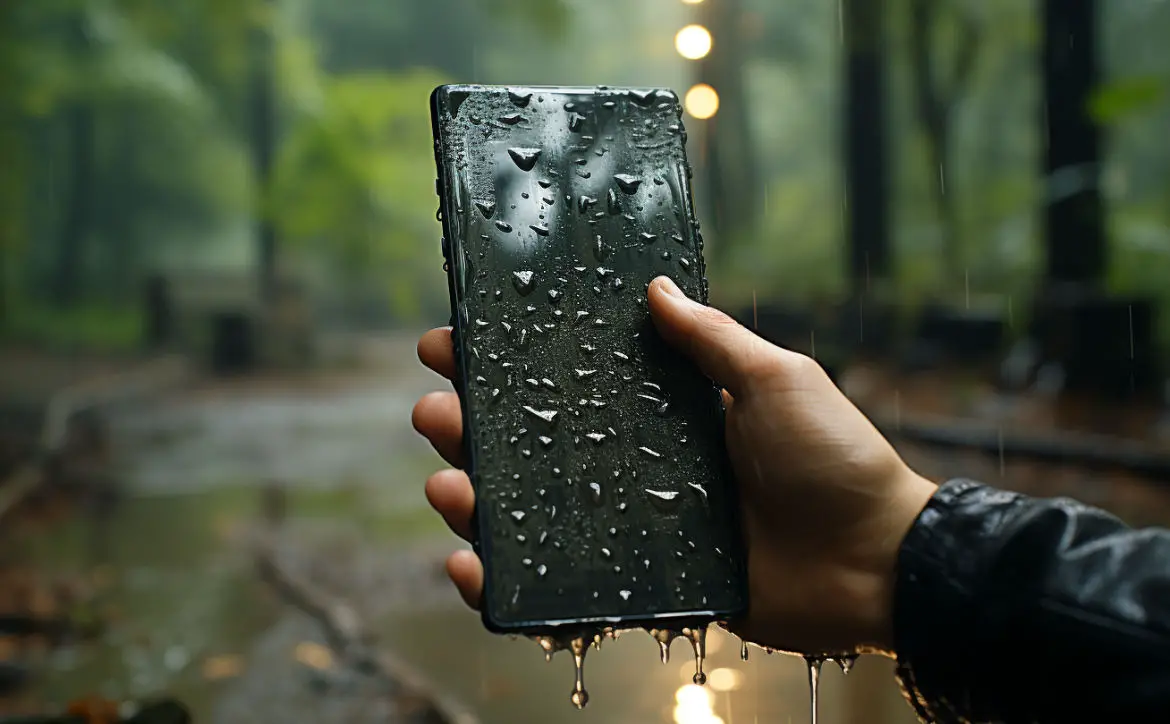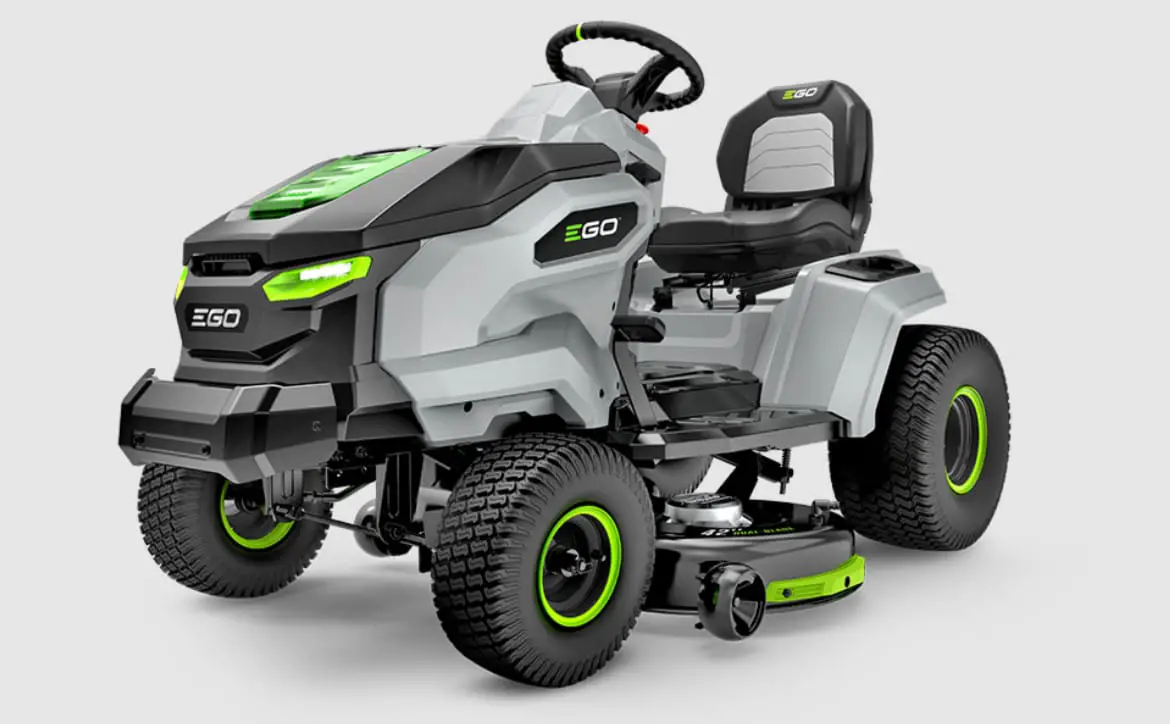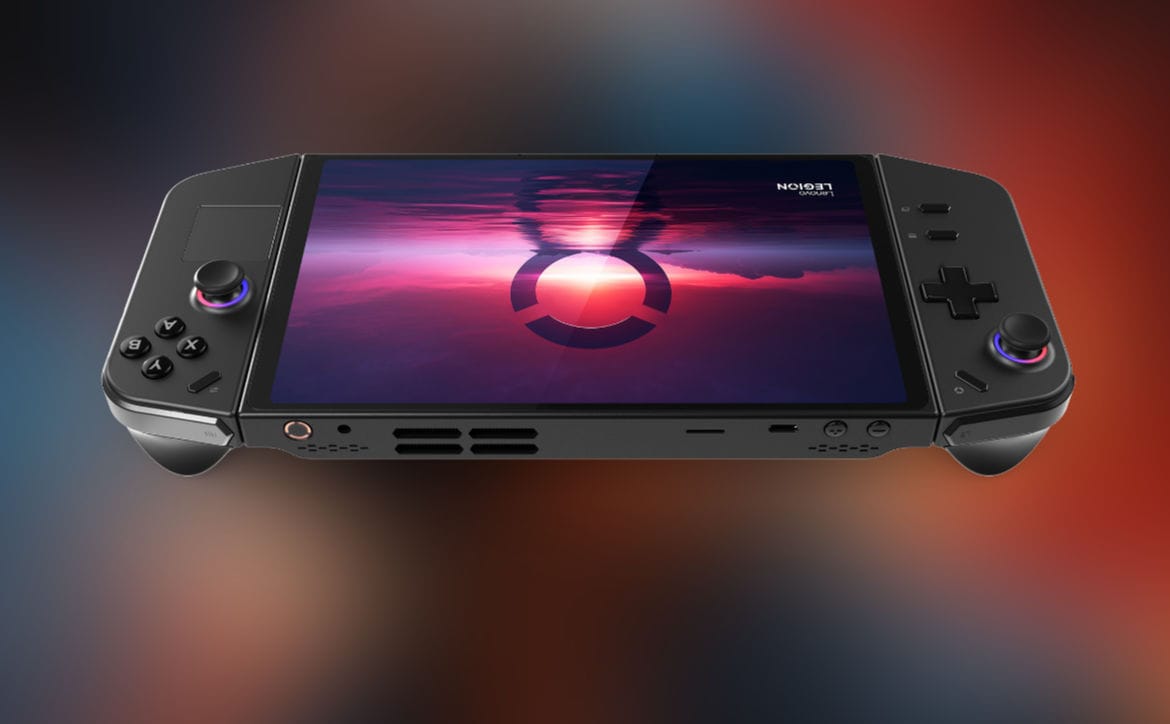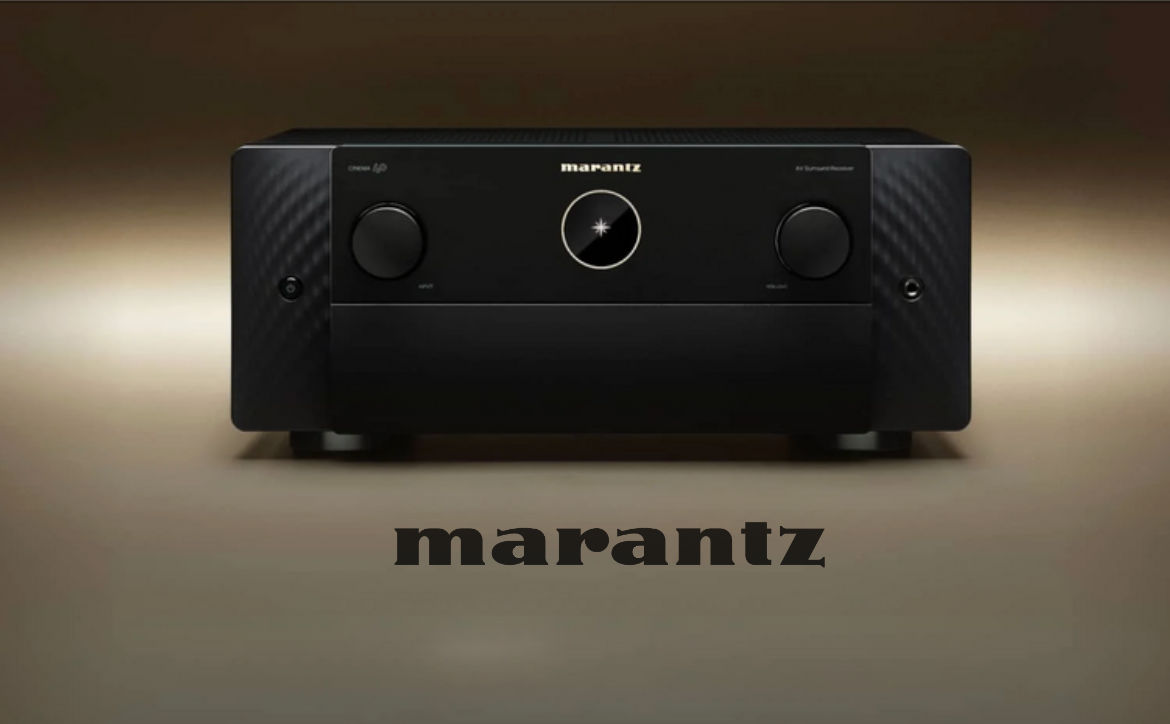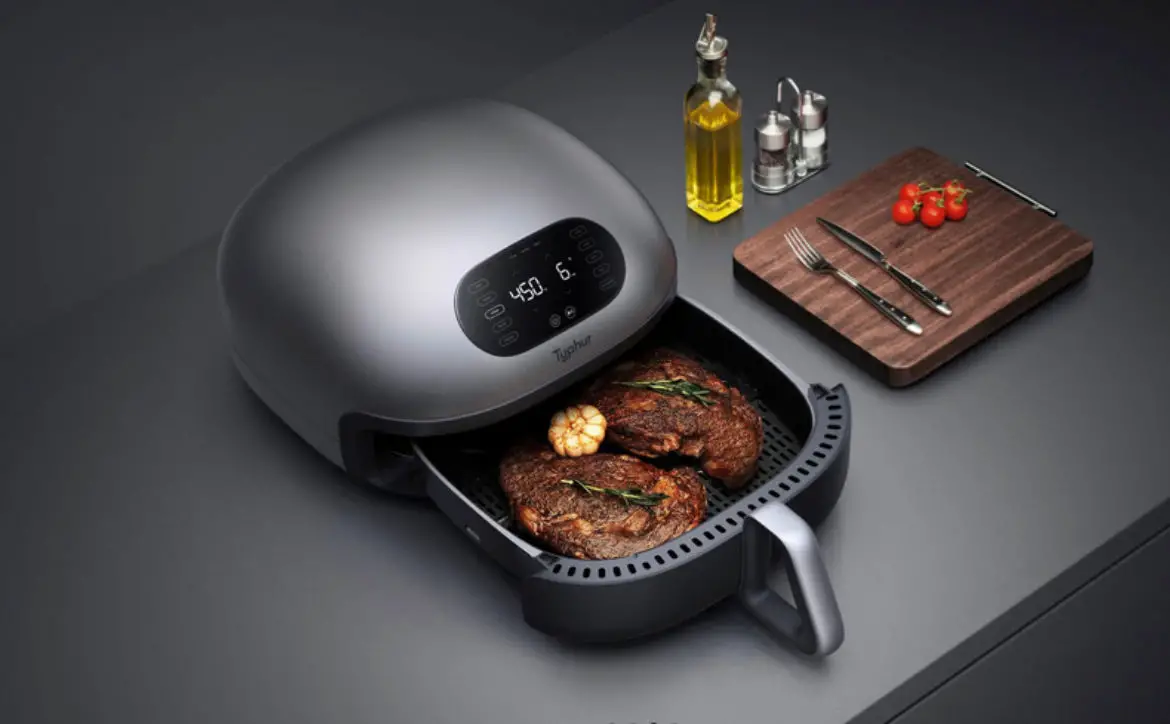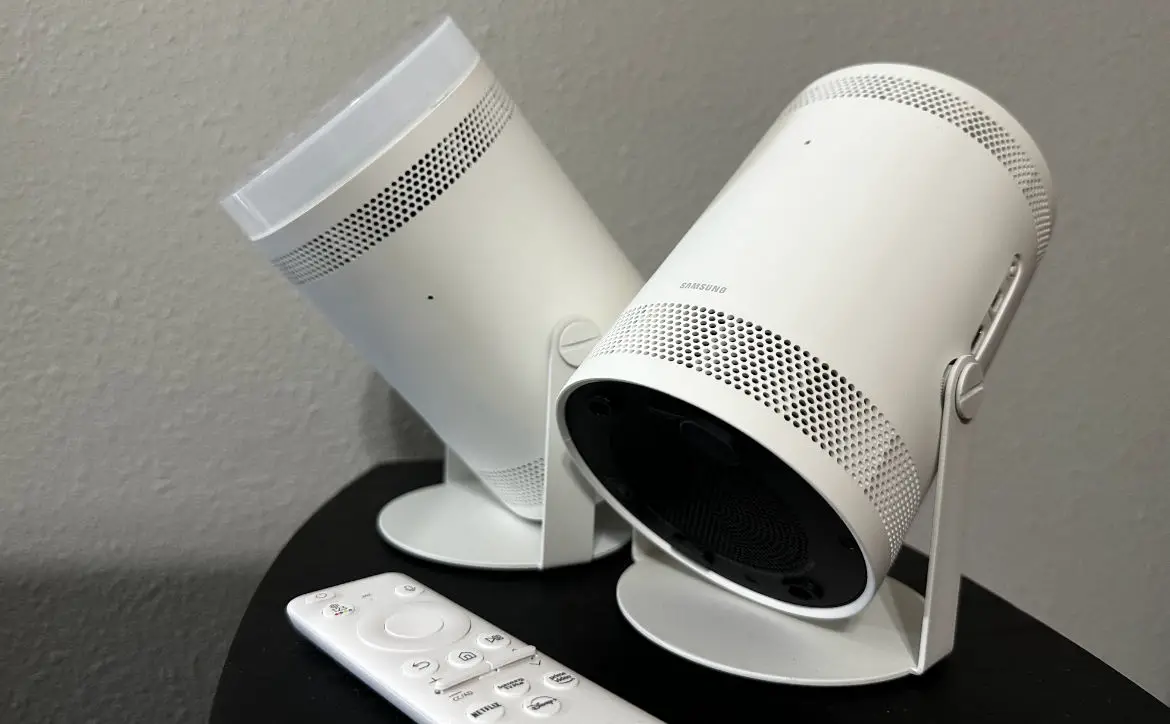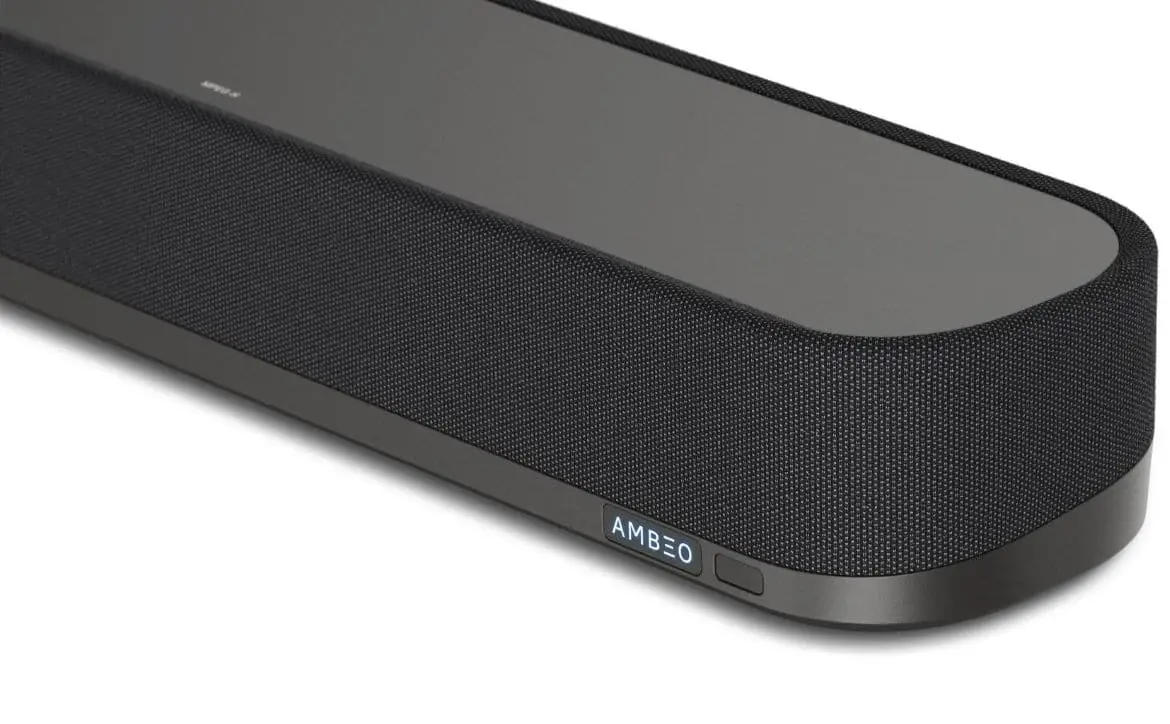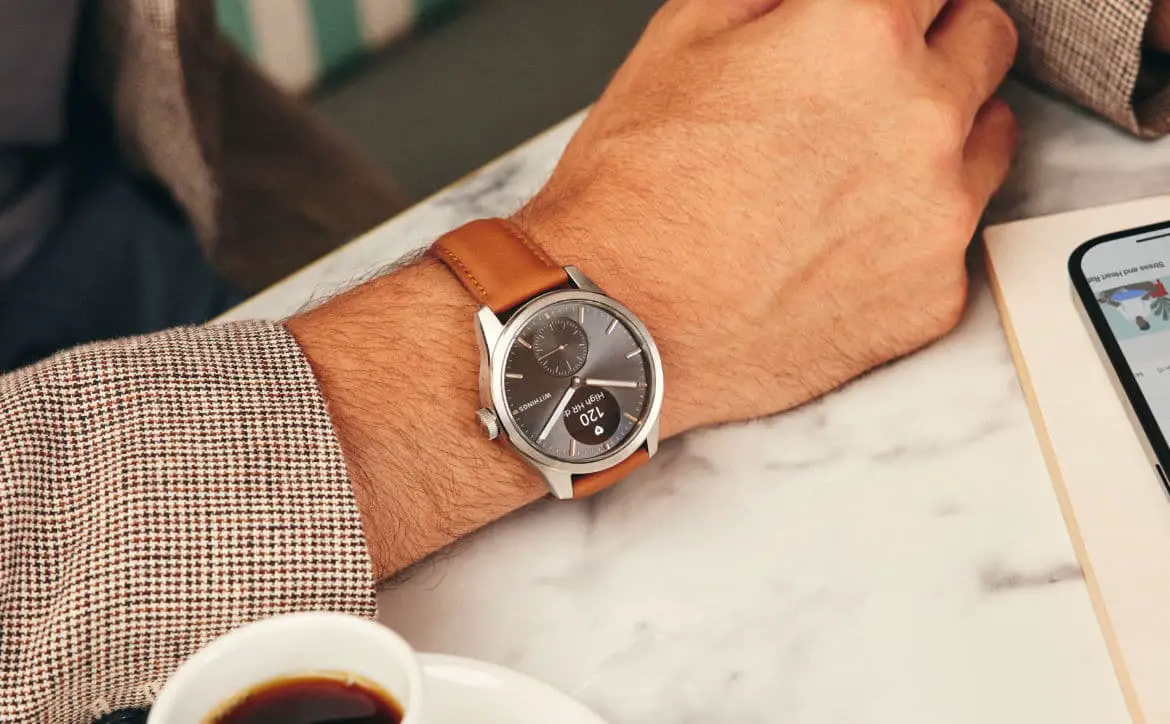When mobile smartphone makers announce new devices, one of the big features that is always hit on is the IP rating. A good IP rating is essential for flagship phones, as it is one of the ways these phones keep their internals protected. But what the heck are these ratings? That’s what we are going to attempt to explain to you in a simple way, so read on and find out.
Estimated reading time: 3 minutes
Table of contents
What Is An IP Rating?
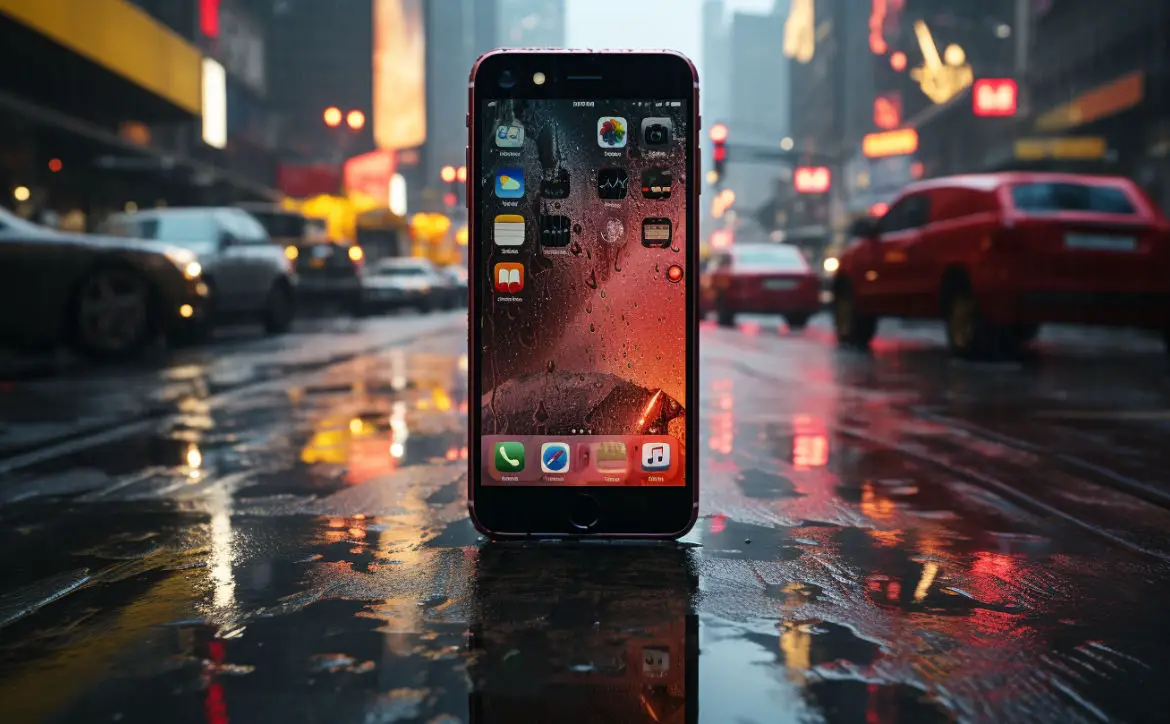
An IP rating is a standard that measures the degree of protection that an electronic device has against dust, dirt, and water. IP ratings are assigned by the International Electrotechnical Commission (IEC), and they consist of two numbers. The first number indicates the level of protection against solids, while the second number indicates the level of protection against liquids.
Ratings For Smartphones
The most common IP ratings for mobile smartphones are IP67 and IP68. An IP67-rated smartphone is protected against dust and can be submerged in water up to 1 meter for 30 minutes. An IP68-rated smartphone is protected against dust and can be submerged in water up to 1.5 meters for 30 minutes.
What Do The Numbers In The Rating Mean?
The first number in an IP rating indicates the level of protection against solids. The scale for solids ranges from 0 to 6, with 0 being no protection and 6 being the highest level of protection.
The second number in an IP rating indicates the level of protection against liquids. The scale for liquids ranges from 0 to 9, with 0 being no protection and 9 being the highest level of protection.
What Does The Rating Tell You?
An IP rating does not tell you everything about the water resistance of a smartphone. For example, an IP68-rated smartphone may not be able to withstand water pressure from a hose or waterfall. It is also important to note that IP ratings are only valid for fresh water. If you submerge your smartphone in saltwater, it may not be protected.
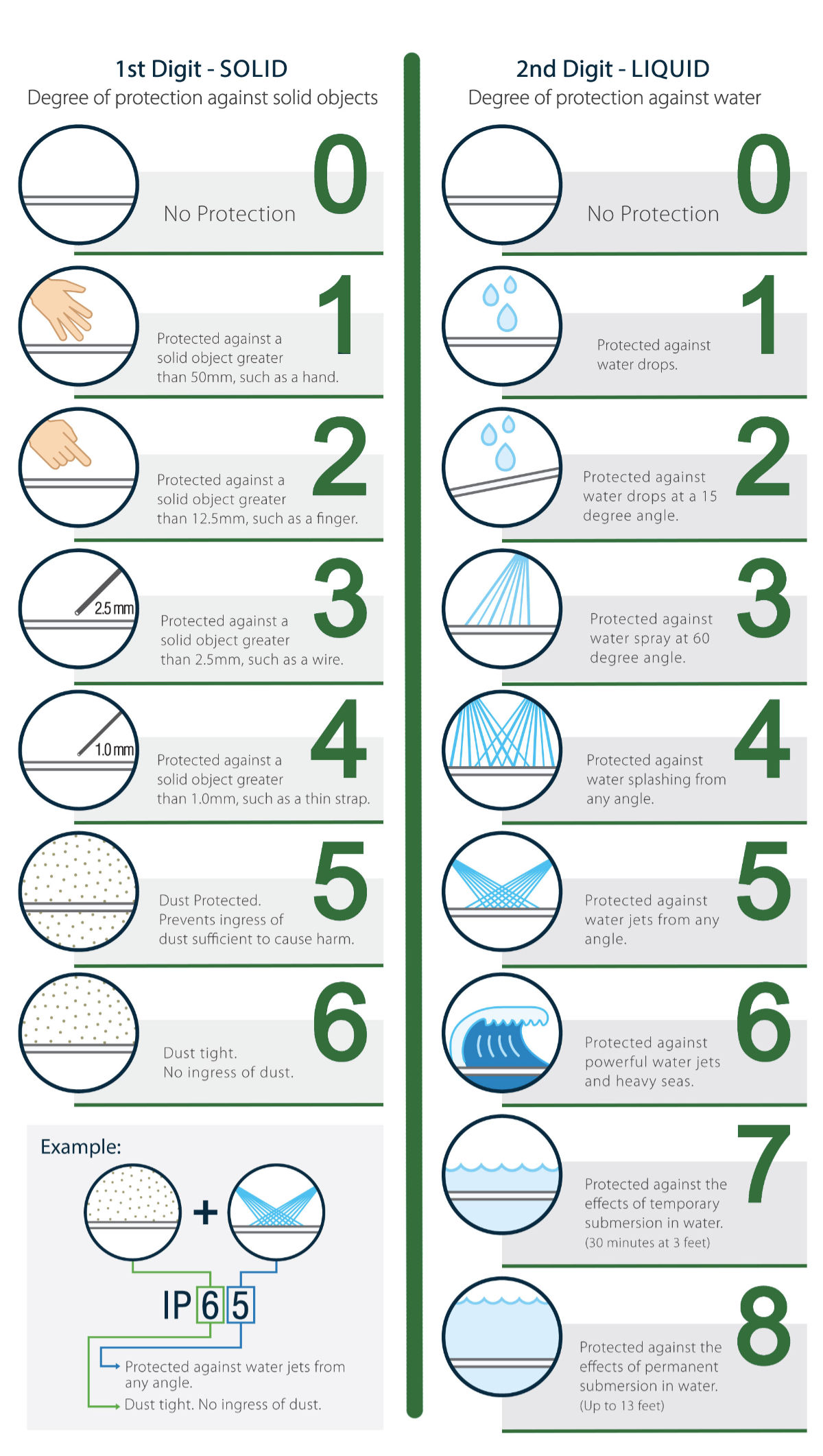
Taking Care Of Your Smartphone
Even if your smartphone has a high IP rating, it is important to care for it properly to maintain its water resistance. Here are a few tips:
- Do not expose your smartphone to high-pressure water, such as from a hose or waterfall.
- Do not submerge your smartphone in saltwater.
- Rinse your smartphone with fresh water after exposure to water.
- Do not use harsh chemicals to clean your smartphone.
Conclusion
IP ratings are a useful way to compare the water resistance of different smartphones. However, it is important to remember that IP ratings are not a guarantee that your smartphone will be waterproof. By following the tips above, you can help to ensure that your smartphone’s IP rating remains valid.
But probably one of the worst mistakes users make is to think the rating is protection in saltwater. There are no guarantees in saltwater, so it’s likely best to keep your devices out of saltwater, even if you have a higher rating. These ratings aren’t bulletproof, there is always a chance something can fail within any smartphone, so my advice is to always try and keep your smartphone dry. My opinion is that modern smartphones are designed to take a little moisture occasionally, and they are happiest when they are completely dry.
What IP rating does your smartphone have? What do you think of IP ratings? Please share your thoughts on any of the social media pages listed below. You can also comment on our MeWe page by joining the MeWe social network. And subscribe to our RUMBLE channel for more trailers and tech videos.

